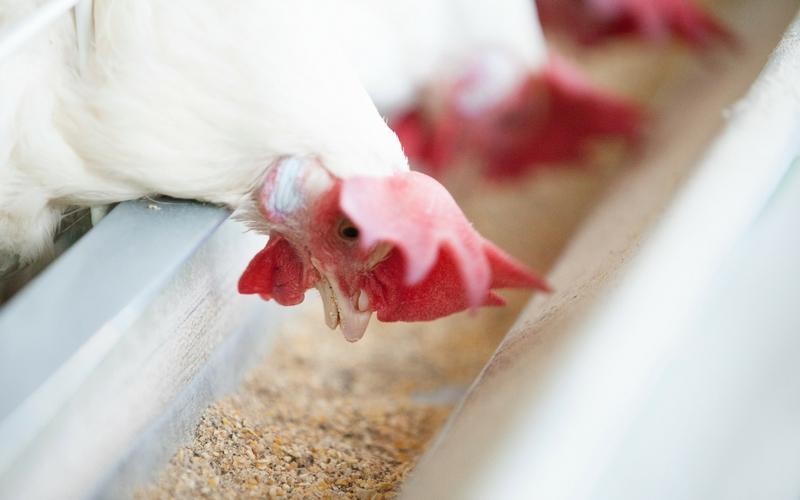Designing poultry diets for digestion

To improve the overall health of birds, attention needs to be placed on the whole production system. Healthy animals are much more likely to perform at their potential and produce more efficiently.
The gastrointestinal tract of layers is an ecosystem in which water, pH and bacteria need to be in balance. Setting the stage for this balance soon after hatch and maintaining it throughout the life of the animal is the key to maximising performance and farm profitability.
Digestion in an increasingly plant-based diet
The diet for the bird must be made so that it is quickly digested and, in the case of layers, eventually turned into the building blocks of eggs. Yet, today, consumer demands for all-veggie diets complicate efforts to design an easily digestible diet. The grains used to make up the energy and protein in the diet will only release a portion of nutrients after digestion. The rest of the nutrients are bound in the plant cells and can only be released if these plant cells are broken down.
Enzymes added to the diet can help to break down these plant cells and allow the grains to release more nutrients to the bird. Generally, enzymes work in a ‘lock and key’ model, in which a specific enzyme can only help to break down a specific compound. Because a poultry diet is complex, more than one enzyme may be needed to help with this breakdown.
Preventing bacterial overgrowth
How efficiently the feed is digested and absorbed by the bird can affect the bacterial balance in the gastrointestinal tract. Efficient breakdown and absorption of the feed by the bird can reduce the amount of undigested nutrients that reach the lower gut, where a diverse microbial population is concentrated.
This is important because, by reducing the undigested nutrients entering the lower gut, we reduce the potential of an environment to be created that supports opportunistic (potentially bad) bacterial overgrowth. Consequently, reducing the undigested nutrients reaching the lower gut helps to improve overall poultry health and performance.
Ancient process meets advanced technology
Nutritional technologies are available that can support this breakdown of nutrients. Through an ancient process called solid state fermentation (SSF), a selected strain of non-GMO Aspergillus niger works in synergy with the animal’s digestive system to break down layers of the feed that were previously inaccessible through digestion. This exposes more nutrient-rich layers for the animal to digest, such as amino acids, energy, protein and vitamins.
Advances in genetics have made today’s poultry more productive than ever. Any bird under environmental stress due to heat, cold, very dry or very humid air could have their feed intake patterns and intestinal tract affected, causing reduced digestibility. However, by paying close attention to the entire management system and to nutrition, poultry growers can respond quickly to challenges and achieve optimal potential.
To learn more about how Allzyme SSF click here.






